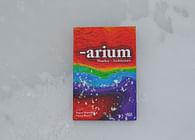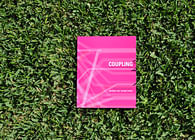
TOWARDS THE NEW URBAN STATES OF AMPUTATION
The single most important feature of Manhattan is that of its complete separation from the surrounding networks of urbanization, allowing it to develop distinct, diverse, yet clear identities. Simultaneously, the grid of Manhattan produced an infrastructure of collective connection while subdividing (and connecting) a plurality of individual identities embodied within architecture and neighborhood districts. The persistence of the grid privileged the vertical growth of Manhattan, and the associated colonization of all horizontal surfaces, which could no longer preform in an ecological manner. Instead, we propose return Manhattan to its ecological roots while exploiting its condition as an island. This approach is only possible with complete faith in the grid as a separating and connecting device.
The Future History
The continual state of economic crisis became the norm in the first half of the 21st century. In Manhattan, the ‘blur’ zones – the fabric between two clearly identifiable neighborhoods – was hit the hardest. Deprived and abandoned, these neighborhoods acted as a virus, sucking the life-blood from the functioning districts. It was no longer tenable to hold onto such deprivation in America. Coupled with growing concerns for rising sea levels, Manhattan was slatted for a project of ‘urban amputation’ –cutting the blurred and deprived zones in order to save a series of neighborhood islands. Central Park, now as an isolated entity, was redeveloped into the new Coney Island. These separated islands were then connected by the grid into a unified collective structure. Liberated from the automobile, the grid was reinvented with new programmatic possibilities – from ecological and commercial to industrial, recreational and civic corridors –transforming its neutral character to a bundling, splitting, knotting, and braiding of programmatic wires into a tartan mesh. These corridors simultaneously functioned as urban frames, creating a series of exterior rooms that outlined the newly rescued ground plane. This emancipated surface of the thick 2D was productively programmed (energy production, water retention, agriculture, phytoremediation, to recreational and cultural uses) as a series of ecological pixels. Tied into a symbiotic relationship, these surface pixels operated like mutant natural environments that gained efficiency only through the proximity and infrastructural wiring enabled by the urban frames. The urban frames not only mitigated the uses of the pixels, they also simultaneously acted as conduits (to move people, energy, sewage, soil, subway, water, etc.) and containers (to store food, water, soil, residences, offices, etc.). In essence, they were the infrastructural grid that allowed both the islands and the ecological landscape to function in complex and symbiotic ways. The grouping of these separated islands formed a plural Manhattan, with the ecological landscape acting as the collective glue that reaffirmed the identity and resource patterns of the “city.” Ecology – as a social, political and environmental project – acts as a framework to unite the islands, grid, and surface pixel into a relationship of systemic symbiosis.
Status: Competition Entry
Location: Manhattan, NY
Firm Role: Project Design Director
Additional Credits: Team: Noorain A Ahmed, Andrè Geoffroy, Aura Gnerucci, Maria Teresa Idone, Kristina Ishkhanova, Ege Özgirin, Gunnar Ploner, Lucio Riccobono, Gabriel Lara García Rojas, Alicia Hergenroeder, & Jonathan Crisman (Assistant Tutor)

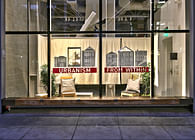

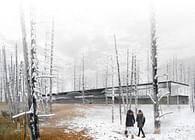
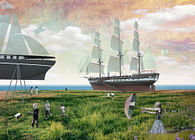

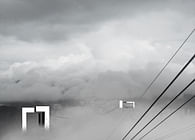
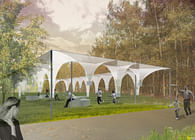
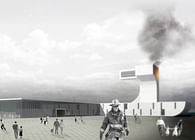



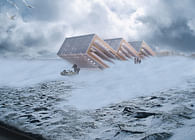
![Bracket [Goes Soft] Bracket [Goes Soft]](https://archinect.gumlet.io/uploads/fh/fhcvzt2j1lysvlgm.jpg?fit=crop&auto=compress%2Cformat&enlarge=true&crop=entropy&w=195&h=140)
